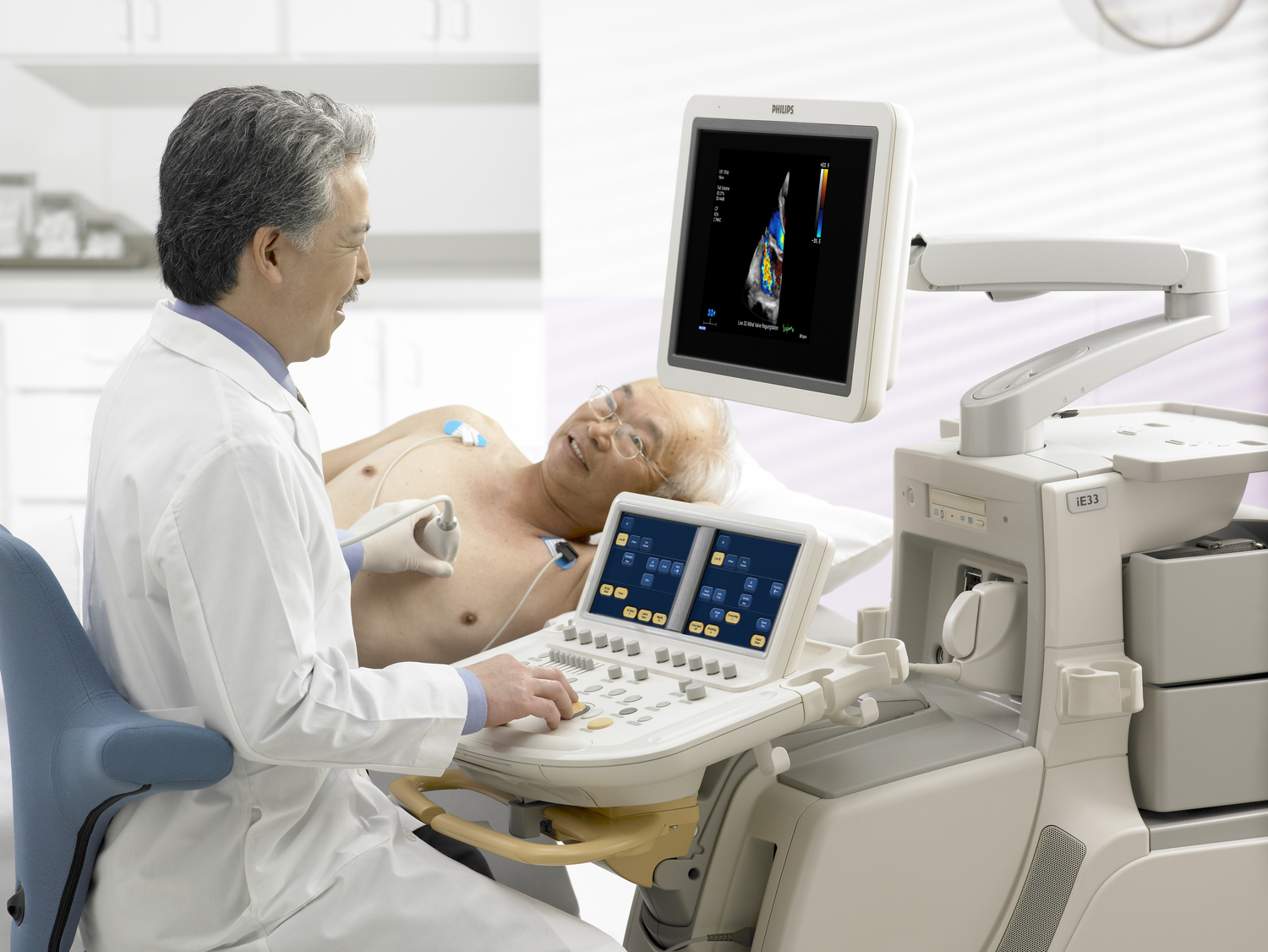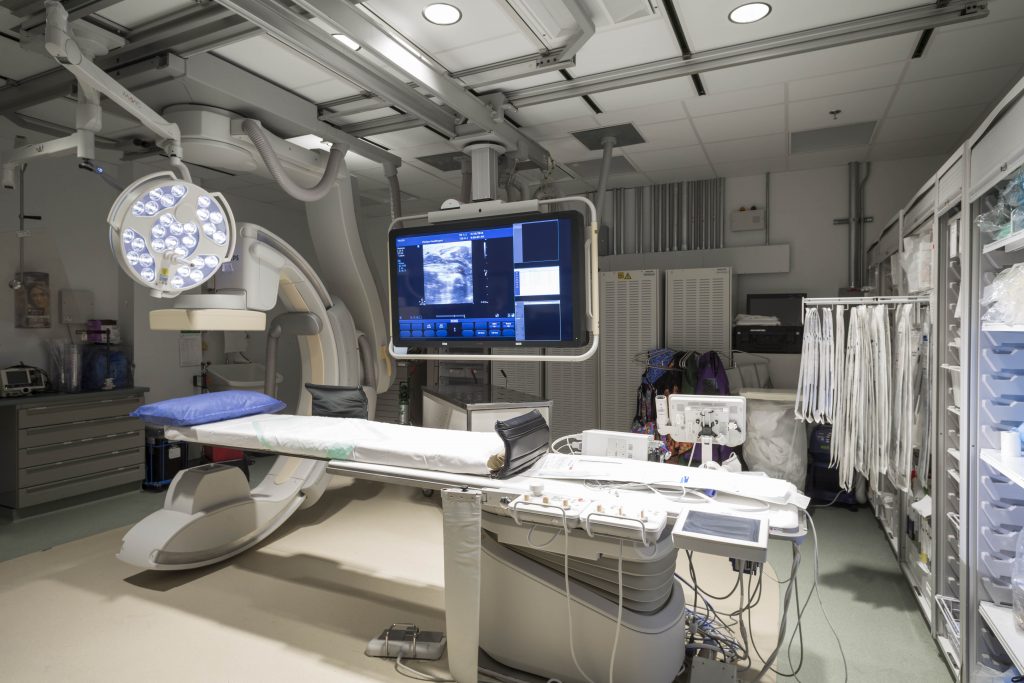electrocardiogram (EKG) : what to expect
Of all the experiences in our clinic, the EKG (or ECG) is probably the part that you should literally have no concerns about. The EKG is one of the simplest and most routine diagnostic studies done for your heart. It is designed to monitor the electrical activity of your heart. Why is this? Your heart's electrical activity can tell your cardiologist a lot of information about its function.
In the office, one of our medical assistants will help get you setup for this procedure. You will lie flat on one of our examination tables, with your upper body exposed, and 12 electrical wires, will be attached to your chest with small pieces of sticky tape. Don't worry, these wires don't deliver any electricity, but are rather designed to measure the electrical activity of your heart from the surface of your chest. Once you are setup, you will need to stay perfectly still, as the EKG machine carefully listens to your heart from all 12 locations.
The machine will then interpret the electrical activity that it detects and plot that on a piece of paper showing the waveform of the electrical current that it detects.
This EKG print out will then be interpreted by your cardiologist. This print out has a remarkable wealth information to the trained eye. Your cardiologist can use this information to detect information about your hearts' rhythm centers, the conduction of electricity through your heart which signals to the different chambers of your heart how to contract, whether or not you've had a heart attack, and also a number of other interesting findings such as the size of your heart chambers, whether or not your electrolytes are balanced and even whether or not you may have lung disease! It is a remarkable tool that gives an amazing breadth of information to help treat you better.
Usually after the EKG is complete, the leads and the sticky tapes all come off, and you are back to waiting for the doctor usually in a matter of minutes!
Curious? See to your left what an EKG actually looks like. Shown here is an EKG from a normal heart. Remember that just as God did not create everyone the same, no two EKGs look exactly the same. Just because your EKG does not look exactly like the one here does not mean that yours is abnormal. There is a great degree of normal human variation that doctors train for years to be able to take into account when they interpret your study.














